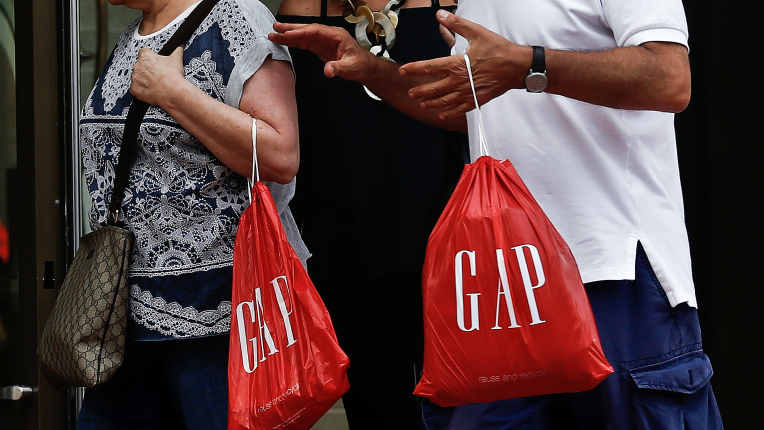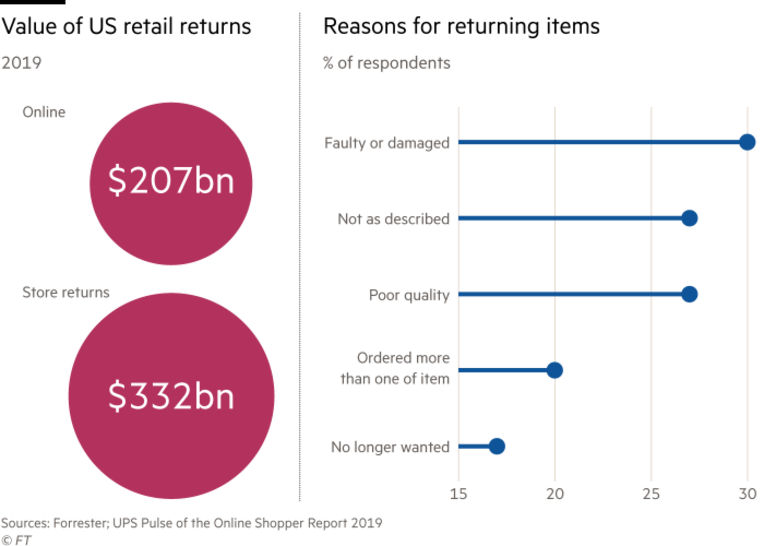Refunds likely to bury retail boost from pent-up demand
by Health, leisure worst hit by casual ruling: Credit SuissePent-up demand, retailers hope, will send shoppers rushing to stores when lockdowns end.
Chances are, however, that plenty will be “reverse buyers”, exchanging goods for money as they return pre-lockdown purchases. In addition to the usual toll of ill-fitting clothes will be garments rendered redundant by the pandemic: ski suits bought for an aborted trip to the Alps, perhaps, or frocks never worn to a beach wedding.

The cost of refunds is already evident in the travel industry. Airline Ryanair is processing 10 million a month – 1000 times its usual level. Travel agency Tui is returning €250 million to €300 million ($417.5 million to $536 million) a month in cash refunds.
Shops have so far escaped the onslaught because of being closed. But they, and their investors, will soon join the club.
Online clothing stores typically suffer return rates of around 40-50 per cent. Berlin-based Zalando ranked itself at the top end, in its IPO prospectus. Forrester, the consultancy, estimates a total of $US539 billion ($825.4 billion) worth of goods were returned in the US last year – more than retail heavyweight Walmart sold in the same period.
Free returns have been championed by e-commerce groups as a way to reassure customers wary of buying clothes unseen.
In the wake of lockdowns, e-commerce groups such as Amazon and physical stores such as Next have extended return periods. B-Stock, an eBay style marketplace for returned and other liquidation merchandise, expects a 30 per cent increase in apparel inventory over the next six weeks as retailers shift customers’ – and their own – unwanted stock.

Some stores are also bankrolling extra pandemic-induced measures, such as couriers to pick up unwanted items. These add to an average cost of $US10 per return and mean working capital is tied up in boxes in homes.
Worse, the ability to resell items – usually the fate of half of all returns, not all at full cost – is lower. February-bought skirts go out of fashion quickly. More will end up being liquidated or go to landfill.
Companies demur that the changed mix of sales softens the blow. Customers’ current predilections are for beauty creams and lounge-around-the-house-wear. These are less likely to be returned than a frock.
But for many, mass job losses and emptier social calendars mean cash will prove more alluring than unused purchases.
Financial Times